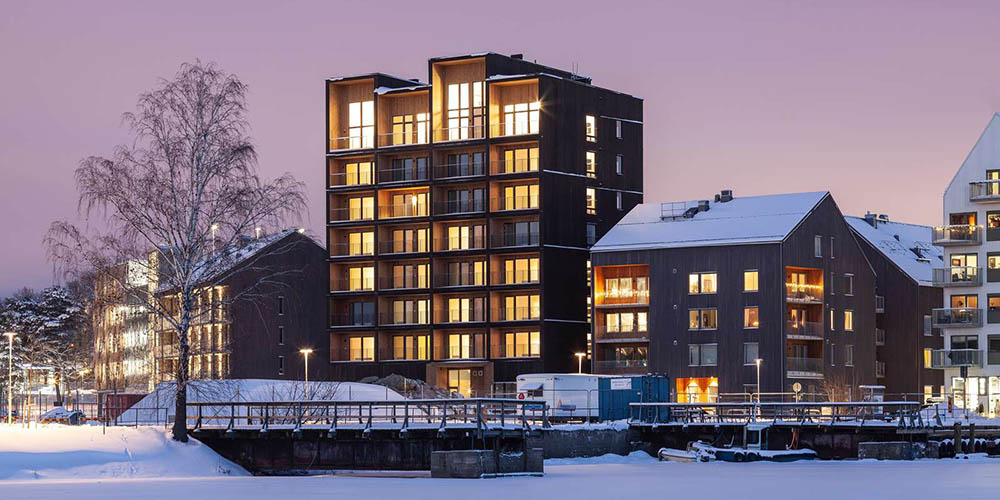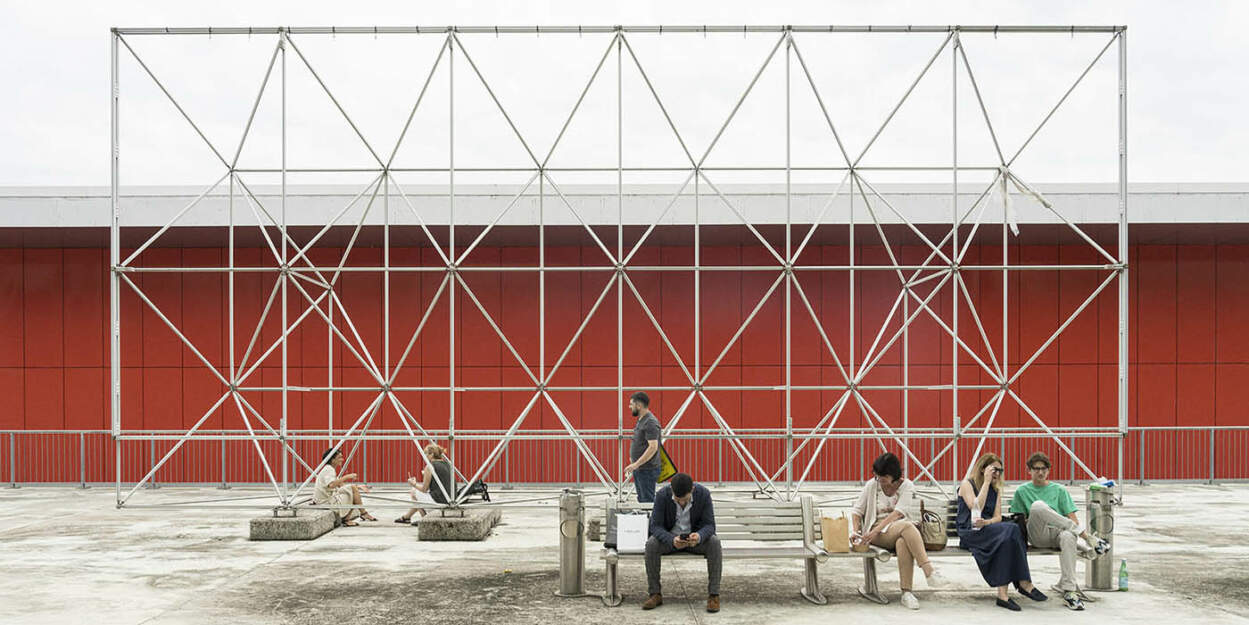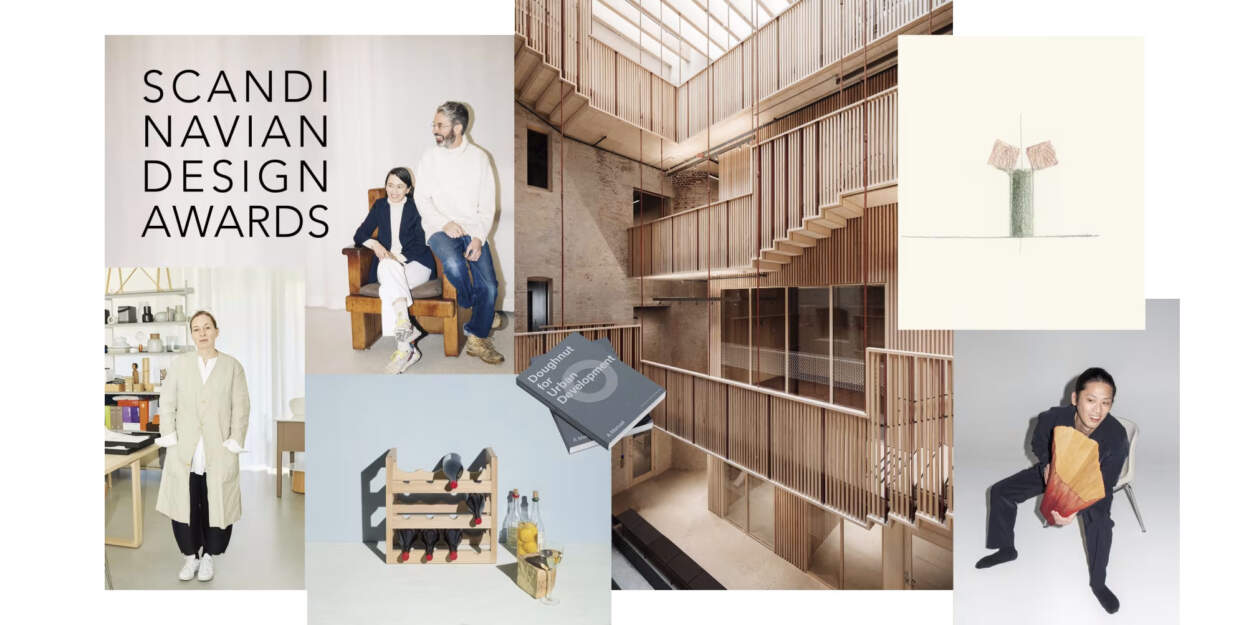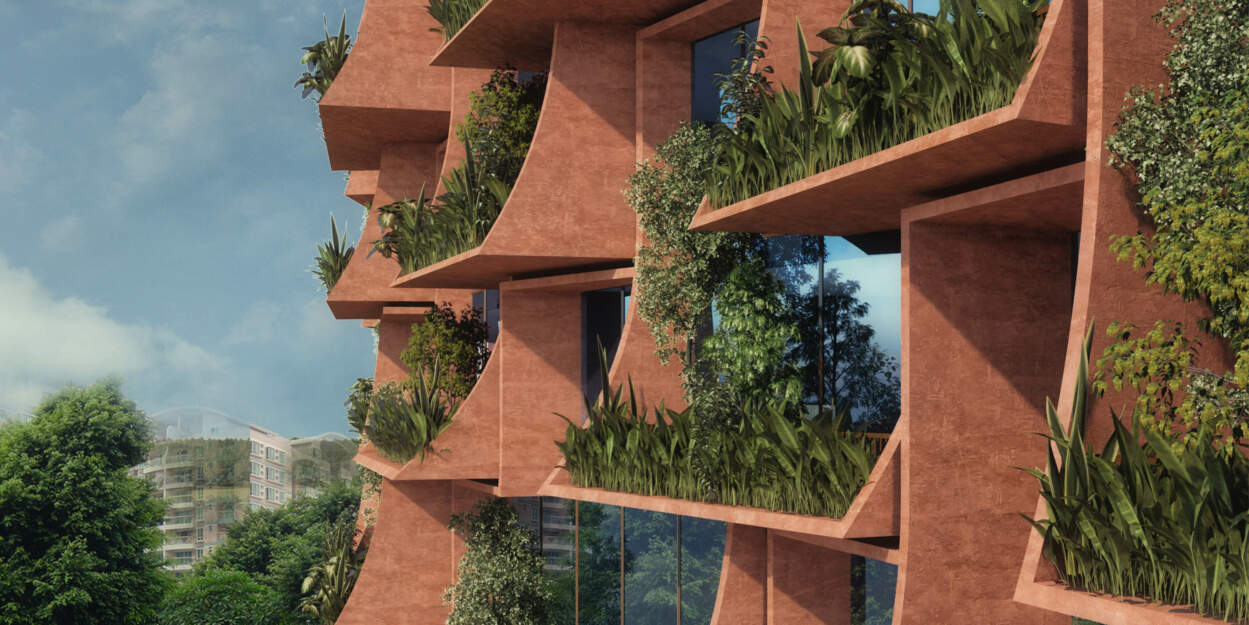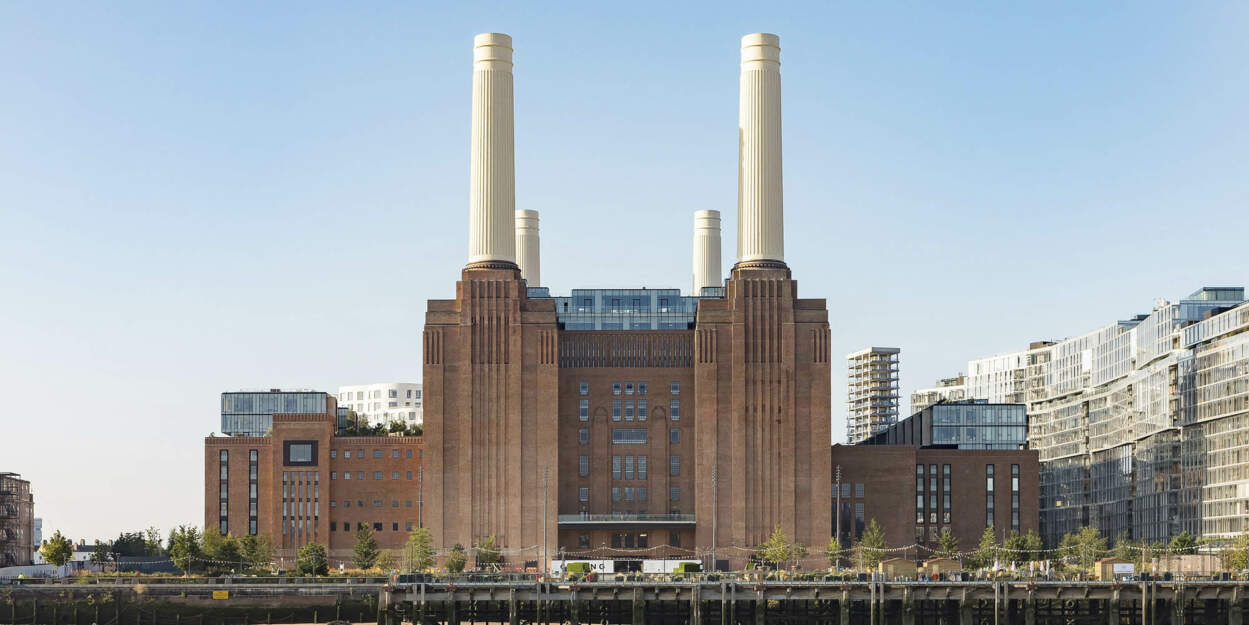Kajstaden Tall Timber Building by C.F. Møller has become a landmark and, during construction, became Sweden's tallest solid wooden architecture in the new district of Kajstaden at Lake Mälaren in Västerås.
All parts of the building consist of CLT (cross-laminated wood), which includes walls, joists and balconies as well as the lift and stairwell shafts.
Kajstaden – Tall Timber Building is an important landmark for sustainable construction and a reference project that shows that conversion to climate conscious architecture is possible. This is why we interviewed Rob Marsh, Head of Sustainability at C.F. Møller, about the advantages of building with timber.
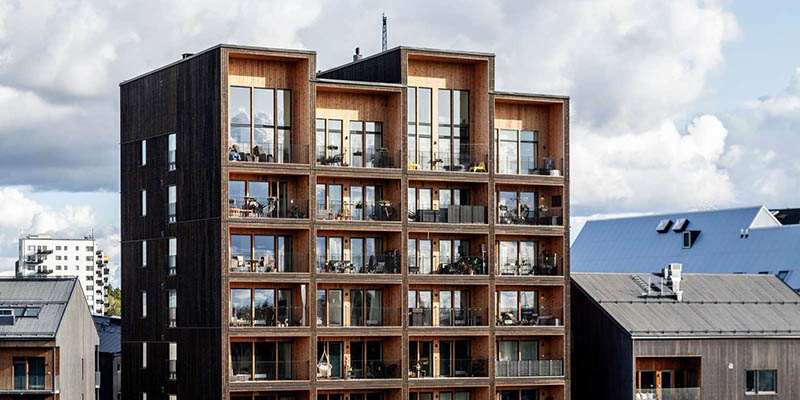
In Kajstaden, an active decision was made to prioritise industrial timber techniques for the building material to influence and take responsibility for the impact of the construction industry on the environment and climate change.
A crucial advantage of building with timber, unlike other building materials, is that the production chain for the material produces a limited amount of carbon dioxide emissions. Instead, it is part of a closed cycle, where carbon is retained in the frame of the building.
Research also shows that wooden architecture make a positive contribution to human health and well-being- thanks to better air quality and acoustic qualities.
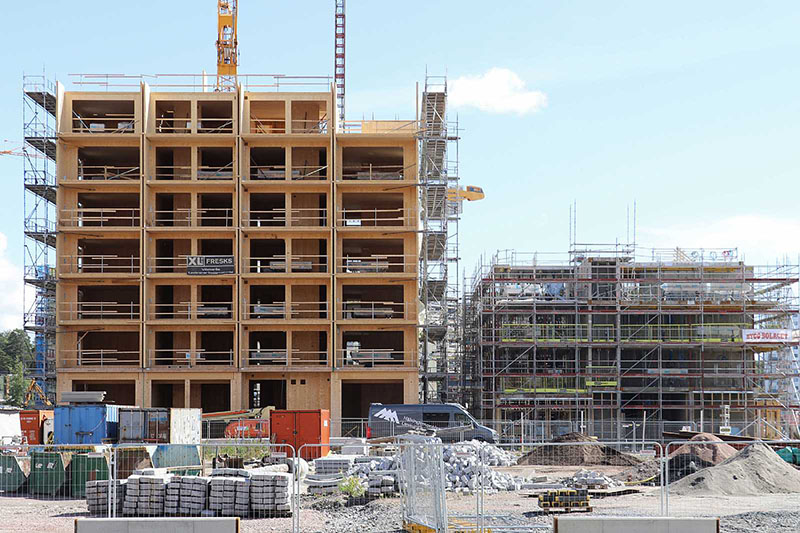
The Kajstaden Tall Timber Building is nine floors high with an elevated ground floor and a top floor with a double height ceiling. The high precision technology involved in CNC-milled solid timber with glulam elements results in air-tight and energy-efficient houses without other unnecessary materials in the walls.
The low weight of the material means fewer deliveries to the construction site and a more efficient, safer and quieter working environment during construction.
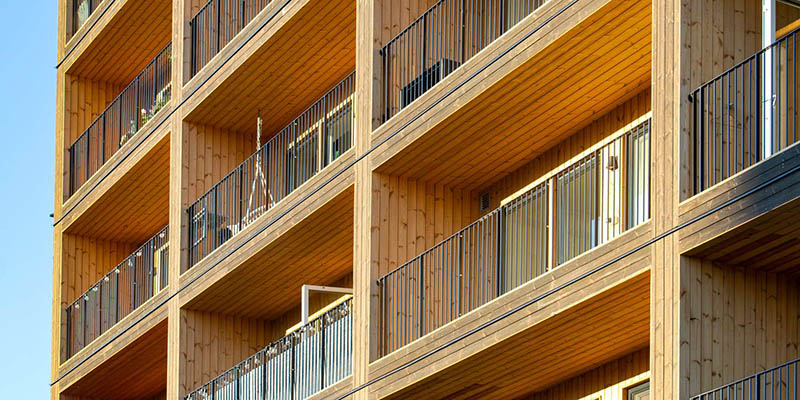
It took an average of three days per floor for three craftsmen to raise the frame. Mechanical joints with screws have been used, which means that the building can be taken apart so that the materials can be recycled. The total carbon dioxide saving is estimated to be 550 tonnes of CO2 when using solid wood instead of concrete.
The apartment building was inaugurated and tenants moved in during February 2019.
Photography: Nikolaj Jakobsen
Courtesy: C.F. Møeller


